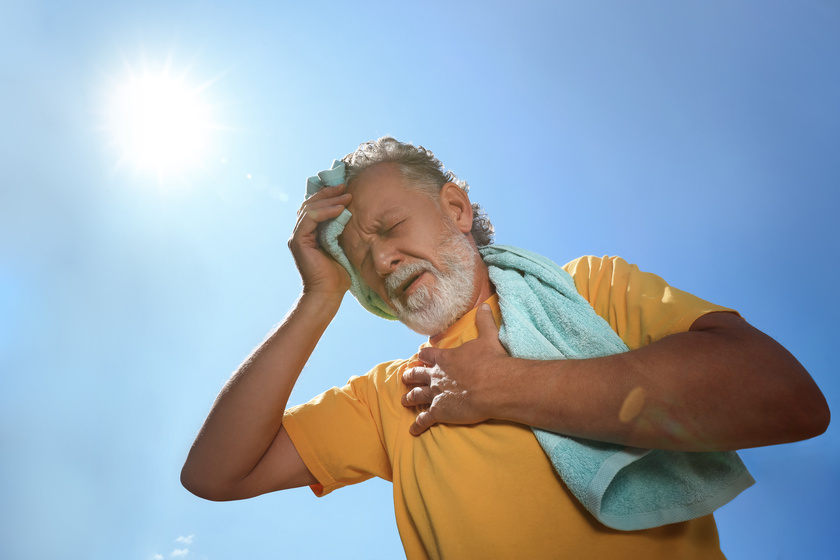Extended heat stroke might cause serious complications. When left untreated, a lack of oxygen supply to the brain might lead to brain damage or choking and may cause death.
Seek Emergency Medical Care
If you suffer heatstroke, call 911 or your local emergency contact. Then shift the patient out of the heat quickly. Cool the patient with any method accessible. For instance:
- Place the patient within a chilled tub of water or a cold shower.
- Hose the patient with garden spray.
- Sponge the patient with chilled water.
- Mist the person while fanning with chilled water.
- Put ice cubes or chilled damp towels upon the armpits, neck, or groin.
- Wrap the patient using chilled wet towels.
- Suppose the person remains conscious; provide ice water, a sports beverage with electrolytes, and alternative nonalcoholic drinks without caffeine.
Start CPR when the patient loses consciousness or displays no circulation symptoms, including coughing, breathing, or motion.
Assess If the Environment Is Safe
In case settings are dangerous, the individual who starts applying CPR must shift the patient to a higher security setting when this is possible.
Check To See If the Victim Is Responsive
Check responsiveness by tapping the shoulders or asking, “Are you alright?” Then, examine their necks or wrists to feel a pulse. Supposing the victim holds a vibration, refrain from conducting chest compressing while proceeding straight to rescue breaths. Considering there are no reactions or the patient has no signs of pulse, start CPR.
Dial 911
Supposing you are isolated, dial 911, switch the phone to speakerphone, and get your hands free to conduct CPR. Considering there are people that are nearby, get them to dial 911.
Open The Airway
Examine if the mouth or throat are clogged. Remove blockages from their mouth or nose, including blood, saliva, or food, and gently tilt their heads backward, lifting their chins.
Check The Breathing
Examine if the patient is breathing irregularly or stopped all breathing following 10 seconds. Supposing patients live regularly puts them in a recovery position, then keep them by them.
CPR
Supposing the cardiac arrest patient fails to breathe normal respiration, begin CPR. Chest compressions remain a significant portion of CPR. Chest compressions rates are 100-120 compressions per minute.
Automated External Defibrillator
Supposing an AED is present, switch this on, then put pads upon the patient’s chest. An AED may check heart rhythm every 2 minutes, which may apply the necessary shock pressure. Press on, providing CPR spanning over every examination cycle.
Adult CPR
If you were called on to conduct CPR on an adult, call 911 immediately preceding applying CPR. If not certified, a 911 call may guide you with hands-only CPR. Press upon the middle of the chest with the rate of 100-120 compressions per minute. The compressing must be two inches, and the chest inhales between compressing.
The compressing reach for adults must be a minimum of two inches, while the chest should inhale. If you have CPR certification, try to apply 30 compressions to two rescue breaths. While CPR for kids is akin to adult CPR, rescuers must begin CPR before 911 calls.
Treating Unconsciousness
Unconsciousness describes the state in which a patient cannot respond to different stimuli or actions. A bystander or nurse must understand what solutions to provide first aid to an unconscious patient. Basic steps include examining the patient’s vitals and signs of severe injury and contacting the emergency medical staff. The absence of oxygen supply to the brain may cause brain damage.







